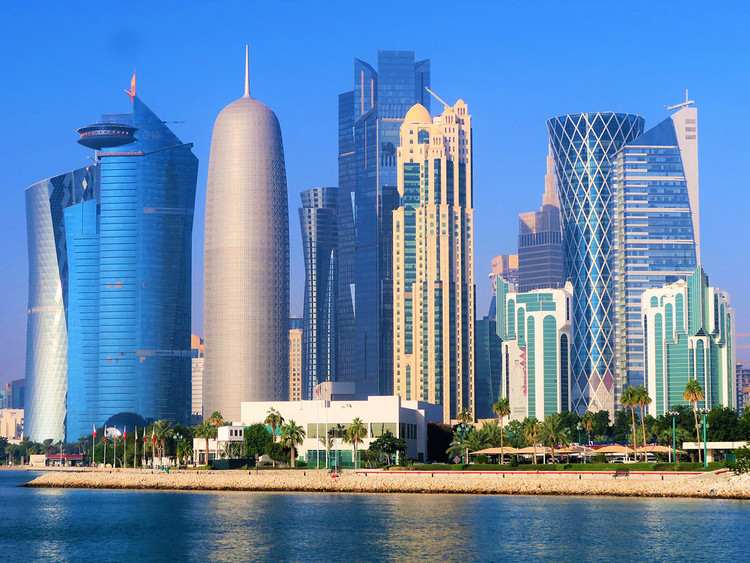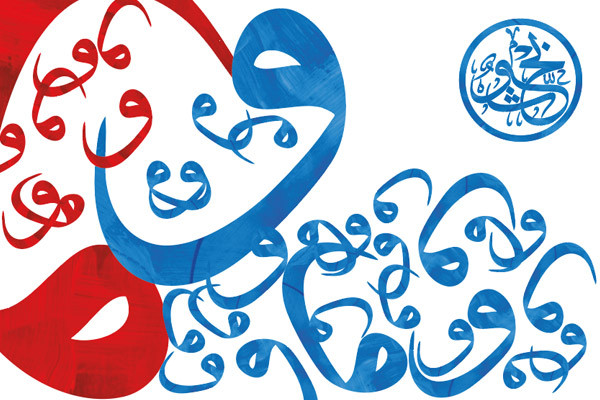From countering terrorism to countering extremism: What we learned from the Qatar Crisis
The dispute between four neighboring countries and Qatar centers in this gap between policies for stopping organization-driven “acts of terrorism” and policies all states need for detecting and preventing radicalization leading individuals to “violent extremism.”

- by Mohammed Abdul Rahman Baharoon ,
- Saturday, 9th September, 2017
learned from the Qatar Crisis
The dispute between four neighboring countries and Qatar centers in this gap between policies for stopping organization-driven “acts of terrorism” and policies all states need for detecting and preventing radicalization leading individuals to “violent extremism.”
Mohammed Baharoon, Director General of Dubai Public Policy Research Center
Since 9/11/01 the international community has focused on preventing acts of terrorism. Their policies span from protective measures at airports to issuing new laws to bring perpetrators to court and even to launching multinational military campaigns against terrorist organization strongholds and safe havens. But gradual changes in terrorist groups and their acts are raising questions about the sufficiency and efficacy of these policies.
The latest attacks, whether in Westminster, Linz, Paris, Boston, or Manchester, reveal an important new security trend: The Crowd Sourcing of Terrorism. Outside of large, theater terrorism such as Islamic State (DAESH) and contestation in Libya, acts of terrorism no longer rely on an organized network of operatives who need financing and specific training and logistic support to mount spectacular attacks and control populations. While inspired terrorism is centuries old, today’s communication media threaten to spread it like a plague across our planet.
Today’s acts of terrorism are not closely supervised and targeted; they are carried out by local individuals inspired from outside the country. Perpetrators are free to choose targets, times, and methods as opportunity allows. Thus, their acts occur in the flow of hundreds of incidents motivated by criminal intent or rage. Prevention drifts into much larger domestic law enforcement concerns. Stabbing, for instance, is considered a “knife crime” in most jurisdictions so the Westminster stabbing in one sense fades into the 32,448 knife crimes recorded in England and Wales alone in 2016.
Similarly. firearms are also becoming a hallmark of terrorist attack, in Mumbai, Paris, London, Istanbul or Saudi Arabia -- including shooting a group of tourists, pedestrians, clubbers, or those at prayer. Yet, as President Barack Obama argued, because 1000 Americans die in gun violence for every American killed in a terrorist attack, preventing that one politically more sensitive death, while supremely important, would require preventing all gun violence; this remains an impossible task.
This rise of the lone, local actor, inspired from outside but not controlled from outside, is a game changer for states. It creates a huge challenge not only on the level of security agencies, but also on the legislative and policy level. For example, a “Hit and Run” in many countries is considered a misdemeanor rather than a felony, unless it shows strong evidence of terrorism. In 2015, London alone had 5000 hit
and run causalities. James Alex Fields, Jr., the attacker who rammed into anti-white supremacist protesters in Charlottesville, Virginia, killing one person and injuring 19, was charged with second degree murder (motor vehicle homicide), not with terrorism, because the U.S. has no laws on domestic terrorism as such. In one sense, attributing terrorism only to external sources betrays a prejudice that may need correcting. If on-going FBI investigation were to find that James Fields had a Quran in his car, for example, that Quran (in a highly contentious news world) could compel law enforcement to shift him from the political “white supremacist” category to the legal “foreign terrorist” category. Even under a new law, distinguishing a terrorist from a deranged youth would be fraught with risks of politicizing justice.
Incidents like Fort Wood shooting indicate the ability of direct contact radicalization discourse. However, this discourse is now being more widely broadcasted. The trends from attacks in Nice, Manchester, Berlin and Saudi, highlight the role, and power, of media outlets in radicalization. Many of the people involved in “lone wolf” attacks never left their countries of residence to join a terrorist group but were radicalized in their neighborhoods through public discourse that pits them, their believes and identity against their communities. Current countering terrorism policies are designed to prevent acts of terrorism, they don’t address the ability to inspire acts terrorism. This explains, for example, why the terrorists involved in Manchester bombing were not detained before the attack even though they were flagged as radicals. Further, Khuram Butt, the perpetrator of the London Bridge attack, was known to law enforcement as an extremist but not as a terrorist -- until he launched his attack. The same is the case with Hashem Abedi, suicide bomber of the Manchester Arena attack, who was a reported extremist whose father was connected to a political group that attracts followers based on radical discourse, but he was not considered a “terrorist” until he blew up hundreds of innocent teenagers. The same can be said about Cherif and Said Kouachi, the perpetrators of the attack on Charlie Hebdo magazine, and of the Boston Marathon bombers.
The speed of inspiration may outstrip detection and enforcement capabilities of even sophisticated security networks. Lahouaiej-Bouhlel, the Bastille day attacker in Nice, was not known to the authorities and they suspect that he was radicalized rather quickly according to French Interior Minister Bernard Cazeneuve. Similarly, it was after the fact that German authorities closed the Fussilet 33 Mosque in the central district of Moabit where Anis Amri, attacker on the Christmas market in Berlin, was radicalized. Thus, prevention today seems to require stopping or devaluing the messages that inspire radicalism, both at their source and in their news and social media channels.
Discerning and muting radicalization is the new frontier in countering terrorism and unless we can address the roles of news and social media in disseminating speech of hatred and deny extremists the chance to abuse freedom of expression, then we will face more and more radicalization.
The issue of the discourse that inspires radicalization is at the heart of the dispute several states have with Qatar, thought it is larger than just Qatar. Doha’s continued support for transnational non-state actors such as the Muslim Brotherhood and Hezbollah, with their religious supremacy discourse, has led to instability and radical behavior in many areas. The role of Al Jazeera as an idolizing platform for figures from Osama Bin Laden to Al Qaradawi have provided a means for legitimizing the discourse of radical groups. Such radical discourse will not affect Muslims in the region but will go way beyond it. The lesson we learn from the dispute between the 3 gulf states and Egypt with Qatar is the need to stop radicalizations by halting the irresponsible use of media to spread radical discourse.
The dispute between four neighboring countries and Qatar centers in this gap between policies for stopping organization-driven “acts of terrorism” and policies all states need for detecting and preventing radicalization leading individuals to “violent extremism.” This is an issue beyond Qatar, the GCC, and the Middle East. It has touched Europe more than any other region so far but, it will reach over borders into every state, and therefore will require a coordinated global response.

Mohammed Abdul Rahman Baharoon
Director General
Read More
Areas of Expertise
- Geo-strategy
- Reputation and soft power
- Public Policy and International Relations
Education
- Master’s degree in English Literature from Texas Tech University in 1995
- English Major from Kuwait University in 1987
Bio
He perused a career in media as a reporter for “Al Arabi” Magazine, Al Ittihad newspaper, and then Editor for Gulf Defense Magazine before starting as director of research at both and focusing on the interplay between Geostrategy and policymaking in governance, stability, capacity building, and future-proofing.
Mohammed has also worked as Deputy Director of Watani (UAE’s first initiative on National Identity) and is also a founding member of the board of “Bussola Institute” a think tank in Brussels that focuses on the changing and emerging aspects of the partnership between the EU and the GCC member states.
As part of his interest in the emerging geostrategic space of the Arabian Peninsula, Mohammed looks at Iran as part of the development of the area as a major trade artery. This development implies developing a sustainable relationship with its regional neighborhood on the Arabian Gulf, The Arabian Sea, the Red Sea, or the Mediterranean. Iran is a major component of that space and becoming more adaptable to the modernization process will allow it to become part of the future development of the region.

